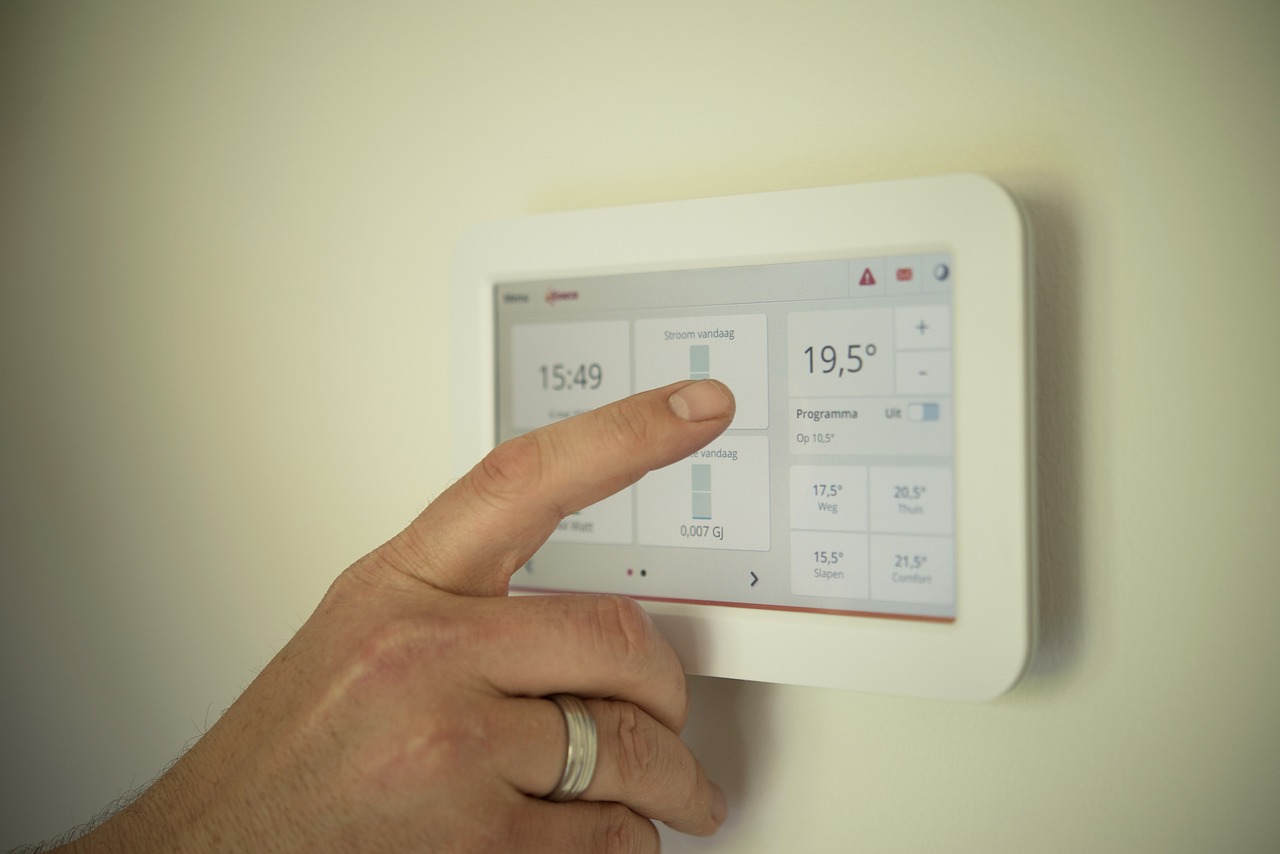Homeowners often wonder if they need a heating upgrade when the weather turns cold. They worry about the high cost of replacing the system. Before making this decision, the owner should determine whether replacing the system will be cost-efficient and if minor upgrades may allow it to meet their needs for several years. The best place to start is to evaluate the home’s current energy consumption.

Existing Usage
People cannot know how to save energy until they know how much they use. Calculate the home’s existing energy use for the preceding months. Take the total number of kilowatt hours used and divide by 12 to learn the average usage for each month. Research the cost per kilowatt hour and the cost associated with upgrading the system.
Next, calculate the anticipated savings once the upgrades are made. To learn this amount, multiply the kilowatt hours saved by the energy cost per kilowatt hour. Take the resulting figure and multiply it by 12 months to know how much they can save each year and how long it will take to pay off the upgrades. They may find the cost of a new furnace isn’t as much as anticipated when factoring in the monthly savings they will see on their utility bill.
Minor Upgrades
Minor upgrades can lead to significant energy savings. These savings are typically seen when heating the home, as heating costs are four times more than energy costs for the average home, although this depends partly on the home’s location. Heating a home requires more energy than cooling it unless the house is in the deep South, where winters tend to be mild.
A smart thermostat is one way to make an HVAC system more efficient. This device can be programmed to adjust the heating and cooling of the home at different times throughout the day or week. There is no need to heat or cool the house when nobody is home, so the temperature can be set differently for periods when the house is empty. Program the thermostat to bring the home to the desired temperature an hour before anyone will return home, and they will walk into a comfortable house.
These thermostats often come with phone apps so the owner can change the temperature regardless of where they are. In addition, they usually provide a monthly usage report so the homeowner can know where changes are needed to save money on energy bills. Changing to a smart thermostat can save a person up to 15 percent on their energy bills, and these devices can be purchased for little money. However, before spending money on a smart thermostat, talk with the energy provider. They may offer smart thermostats at no charge.
Smart vents are another option to consider. They connect to the smart thermostat and open and close based on room usage. The vents direct air to those rooms in use while directing it away from empty portions of the home. Experts say a person can expect to save five to ten percent on their energy bills when they install smart vents, although manufacturers of these vents claim the savings will be much higher.
System Upgrades
Minor upgrades may not keep the home at the desired temperature. Sometimes, the system must be upgraded to keep the house comfortable and lower energy bills. Anticipate replacing the existing AC when it is ten years old and the heating system when it is 15. Most technicians say this is the average lifespan of these units. However, a homeowner might save money by replacing the system sooner if repairs are frequently needed.
Every person needs heat in their home. Texans learned a few years ago how critical these systems were when the state was in a deep freeze. However, people should never pay more to heat their homes than they must. Consider upgrading the system to save on heating costs while having a cozy and comfortable home.
Interesting Related Article: “Reasons Your Home Needs A Wireless Room Thermostat “
